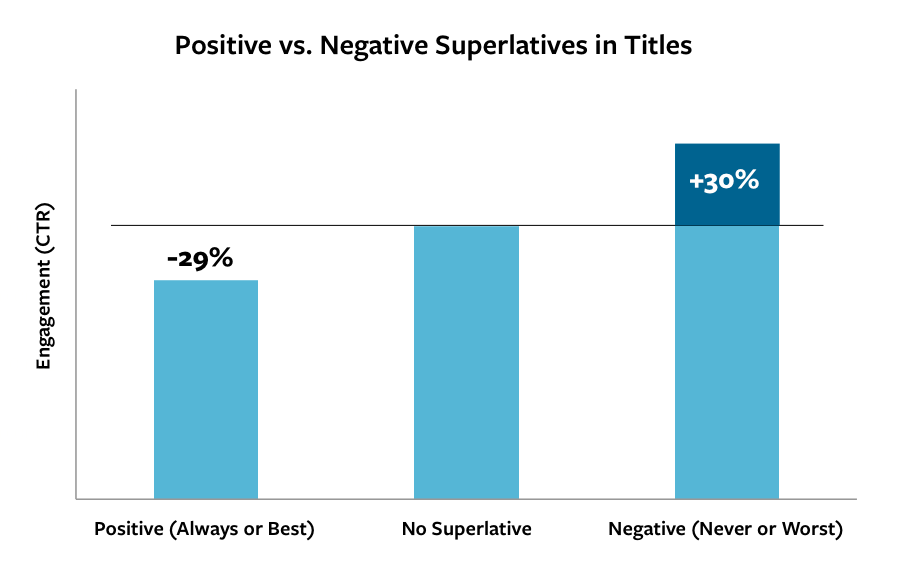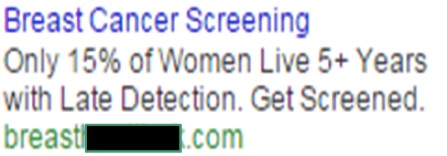We're all familiar with fear-based marketing. It's also drawn a lot of criticism aimed at the advertising industry.
Sometimes, it's fear of inadequacy.
“Tired of being fat? Buy our protein shakes!”
Other times, it's more subtle, playing off of a sort of “fear of missing out” phenomenon.
“Limited time only.”
“Only X left in stock.”
But the big question is, does fear based marketing work in a way that benefits your own bottom line?
It turns out that in most cases, it's a matter of context. It depends on who you're addressing, where they are in your funnel, and how you approach the use of ads whose messages carry a negative vibe.
Sometimes, negative messages capture attention in a way that's valuable.
But for other consumers who are at a different point in the buyer's journey, positivity is the way to go.
Both positive and negative messages, however, perform a lot better than messages that are neutral. There's a lot of power in making people feel something.
A recent post from Kissmetrics explains it further.
Why people want (to buy) reassurance
People don’t need your thing.
So there’s only one reason they buy: to solve a pain point. One that kinda bothers them but isn’t life or death.
What they don’t want, is to be disappointed. They don’t want to take a chance on your thing and be sorry they purchased it. They want to know it’s going to work like it should. It (and you) will be there when it (and you) should.
Fear mongering sometimes crosses that line. Exhibit B comes courtesy of a Gallup poll that showed car salesmen are trusted more than your local politicians (and at this rate, the White House most likely, too).
That’s why 81% of people look to peers for decision making (as opposed to branded messages).
So there’s a line. Somewhere. Under all of those fear-based headlines.
Fear works wonderfully at capturing attention. There’s almost nothing better. But… too much, too often can be harmful.
Negative messaging might pique the interest of those ‘cold’ prospects who lack need awareness (for your product or widget). Fear makes them sit up and take notice. It makes them realize — for the very first time — that they might have a problem that needs to be solved.
Outbrain ran a study on 65,000 paid links in order to find out which worked best: positive or negative messages (in syndicated ads).
The results weren’t even close. Negative ones crushed it (by 60%).
[image source: Kissmetrics]
Sometimes, people need that shot of adrenaline in order to stop and pay attention.
But ‘warmer’ ones who already ‘get it’ don’t need the same heavy-handed approach.
Another study compared a few different headlines. They were:
- Passionate about betting? We are too.
- Make More Money on Your Bets — Get Free Betting Tips
- Stop Losing Money on Your Bets — Get Free Betting Tips
Unsurprisingly by now, the second and third (positive and negative) ones dominated the first generic one.
But… the positive message outperformed the negative one.
You can read more about when and how to use fear-based marketing — and when to avoid it — over at Kissmetrics.
[adrotate group=”6″]
CHALLENGE Yourself to Profit!
Free Download: Build Your Profit-Generating Online Business With This Free Blueprint
Sign Up, follow the easy steps and You'll get the tactics, strategies & techniques needed to create your online profit stream. It's free!
[adrotate group=”5″]



